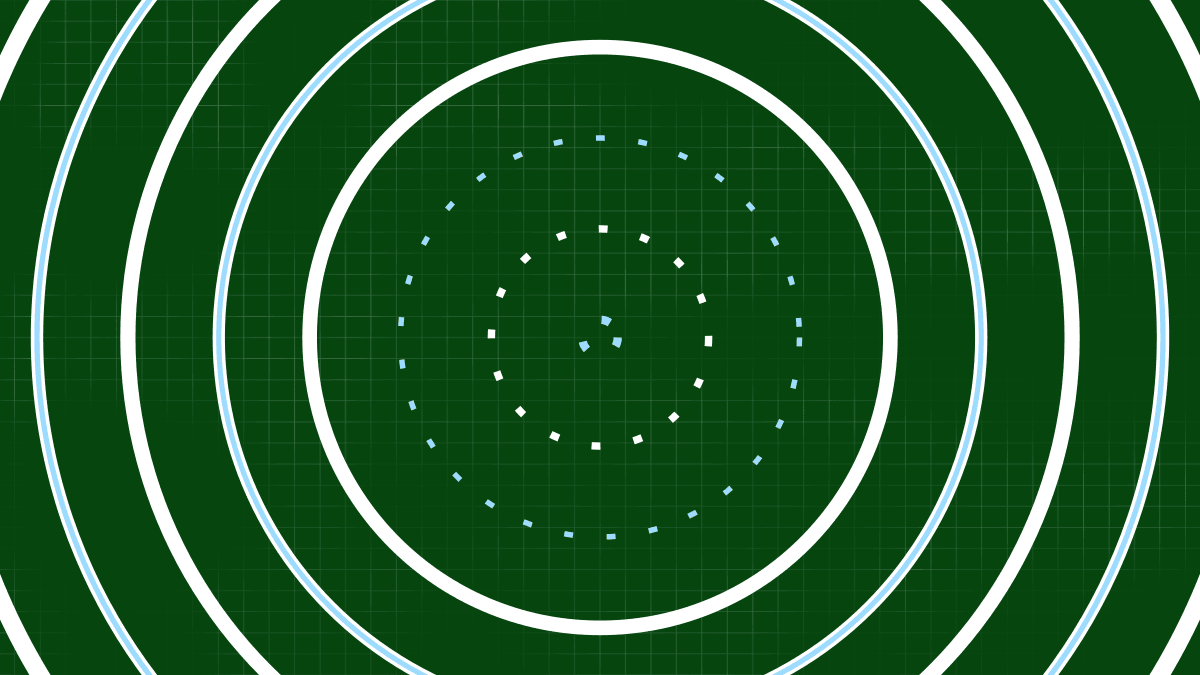Bonding Curves

TL;DR:
Bonding Curves create a built-in market for tokens. When someone buys a token, the price goes up; when they sell, the price goes down. The curve defines the relationship between token supply and price, enabling continuous, automated fundraising or liquidity for a project.
This mechanism allows:
- Real-time token issuance tied to demand
- Transparent, predictable pricing
- Built-in liquidity (tokens can be redeemed at any time)
- Speculative alignment between contributors and supporters
Bonding Curves are used in a variety of contexts:
- Public goods funding: contributors receive tokens that can later be redeemed or traded
- Governance: tokens represent voice or access
- Reputation systems: bonding curve logic controls access or staking rights
- Commons economies: shared ownership is distributed based on contribution and belief in the project
Bonding Curves often include a reserve pool (in ETH, DAI, etc.) and are configured with a pricing function (linear, exponential, sigmoidal). They can also be augmented (see Augmented Bonding Curves) to add features like delayed exits, fees, or sustainability tweaks.
Best For
- Projects that want to align funding with belief or usage
- Commons-based ecosystems
- Continuous fundraising with built-in liquidity
- Token-based governance or access systems
Good At
- Creating real-time market dynamics
- Enabling contributor upside and risk-sharing
- Building community ownership over time
- Supporting price discovery and belief-based participation
Dependencies / Requirements
- Smart contract to define curve logic
- Reserve asset and treasury management
- Governance or configuration parameters (slope, cap, reserve ratio)
- Clear token design and use case (governance, rewards, access, etc.)
Not Good At
- Fixed-price or one-time grant models
- Highly speculative or pump-prone environments
- Situations requiring full predictability or capped supply
- Projects without active community or demand
Who Should Use It?
- Token-engineered DAOs or commons
- Projects wanting to reward early supporters with future upside
- Builders of regenerative public goods economies
- Coordinators seeking dynamic capital flows tied to belief or use
Example Use Cases
- A public goods project launches a bonding curve to sell access/governance tokens and fund development
- A DAO uses a bonding curve to mint participation tokens, which can be redeemed if the contributor exits
- A coordination game mints “belief tokens” via bonding curves—supporters fund and shape the future of the commons